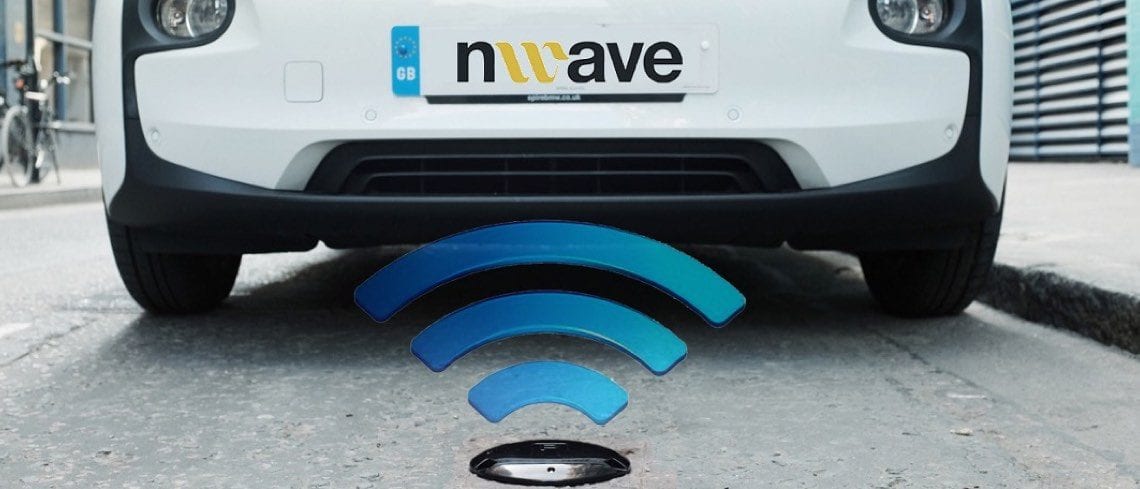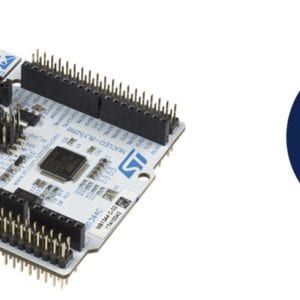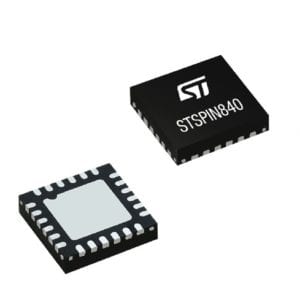Nwave, a company with offices in England and the United States, made the world’s thinnest surface-mount parking sensor at only 20 mm (0.75 in), and it relies on our S2-LP transceiver. The product has a battery life that lasts up to 10 years, it can detect a vehicle in 12 seconds, and its chassis has an IP-68 waterproof certification as well as a load resistance of 3 tons (6,000 lbs) per wheel, ensuring that it will thrive even in the harshest of environments. The company also offers a backend that takes advantage of the cloud while the system already works with popular way-finding and parking payment apps, such as Parkopedia, AppyParking, or Japa, to name a few. Hence, customers don’t have to develop every single aspect of their ecosystem but can benefit from a comprehensive solution that will be operational faster.
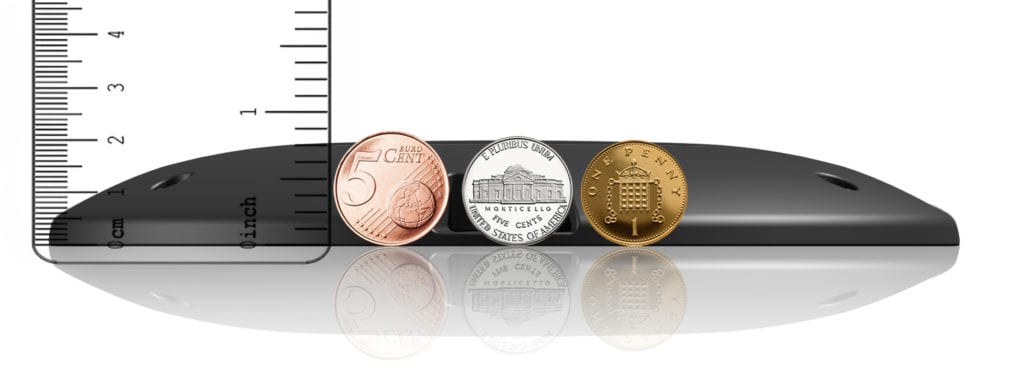
Parking sensors are increasingly popular because they have a positive impact on productivity, our quality of life, and the environment. Most of them use a magnetometer to detect the presence or absence of a vehicle, and they send that information over a sub-gigahertz Low Power Area Network (LPWAN) to efficiently cover the greatest distances possible. Since parking availability sensors require a labor-intensive installation, either by anchoring them or digging a hole to insert them into the ground, their batteries must last long enough to make the investment viable. However, Nwave separates itself from the rest of the competition because instead of using a more traditional network, like LoRa or Sigfox, they built their protocol, called it Weightless-N, opened the standard through the Weightless Special Interest Group (Weightless-SIG), and built an SDK.
A Weightless Parking Sensor
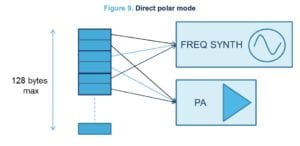
There were initially three flavors of Weightless (Weightless-P,-N, and -W), each using different spectrums and approaches. However, the Weightless SIG grouped them into one standard, Weightless, and now lets developers use the most pertinent features for their applications. Naturally, when we talk about it in the context of the Nwave parking spot sensors, we mean to focus on the LPWAN aspect of the standard. The name comes from the very little overhead present in each transmission, which means devices need to send a few bytes to exchange information. Weightless-N also uses a Differential Binary Phase Shift Keying (DBPSK) modulation scheme, rather than the simple FSK we traditionally find in low power sub-gigahertz transceivers. The former offers higher spectral efficiency (more devices per base) and a lower error rate at an equivalent energy bit-to-noise ratio.
As Yury Birchenko, founder and CTO of Nwave explained:
“The special Direct Polar Modulation mode of the S2-LP allowed us to better implement the DBPSK scheme by controlling the amplitude and the frequency of the carrier. As a result, the ST transceiver offers a cleaner and more efficient signal than competing models that only allow a shift in the frequency.
He also told us that for the first time, his teams didn’t have to emulate the DBPSK modulation scheme in FSK mode, but could harness transceiver-level support, therefore significantly optimizing developments and performances.
The Intelligence of Nwave
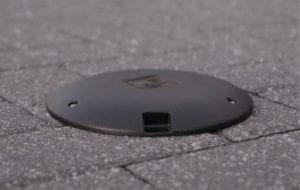
The challenge of any LPWAN system relying on a battery and a distributed network of sensors is that the information can get lost in noisy environments. However, Nwave offers an elaborate error correction system. Even if 20 % of a packet contains errors, the base can still reconstruct the original message. Comparatively, if other LPWAN standards lose just one byte, they reject the entire packet, which is why some send the same packet thrice, even if it demands a lot more energy than a single transmission. The Nwave solution is thus quite innovative in the IoT market because its sophisticated error correction algorithms require a computational throughput that’s incompatible with conventional embedded systems. As a result, Nwave uses an STM32F7 in its base receiver.
The Possibilities of an STM32F7
The first job of the microcontroller (MCU) is to digitize the analog signal from the parking sensor by oversampling it, applying high-frequency filtering to reduce the noise, then downsampling it before sending this pre-processed digital radio signal to a base station that uses an x86 processor for demodulation. It was interesting to hear Yury tell us that:
“The STM32F7 is a compelling microcontroller thanks to an impressive architecture and STM32CubeMX. The software allowed us to quickly switch from one variation of the MCU to the next because of their pin-to-pin compatibility and the fact that the ST utility enables developers to generate hardware specific code without dwelling into architecture details. The program also facilitates the development of networking applications by a generating a code for an open source TCP/IP stack and providing ready to go programming environments for the most essential Internet protocols such as UDP, TCP, or DHCP.
Moreover, Nwave explained that they took advantage of the powerful Digital Signal Processor (DSP) of the MCU, as well as some of its 16-bit Single Instruction Multiple Data (SIMD) instructions, to process various data in parallel, which led to significant optimizations.
Future-proofing Vehicle Detection Sensors

A more powerful LPWAN network and microcontroller mean one thing for Nwave: the ability to communicate space occupancy information over broader areas and connect much more sensors per base. Developers often underestimate the difficulty of identifying an automobile. The system must be able to reject foreign objects like shopping carts or an underground train. Otherwise, the numerous false positives make it inviable. Additionally, electric vehicles and carbon fiber chassis have complicated things because they are much harder to detect, necessitating an overhaul of the algorithms and an adjustment to the sensor’s design. This is the reason why Nwave relied on ST solutions to ensure its products would remain efficient and reliable, regardless of the changes in the automotive industry.
You can currently find Nwave parking sensors in more than ten cities in the United Kingdom and the United States, and we can’t wait to see what the next chapter of their adventure will be.


